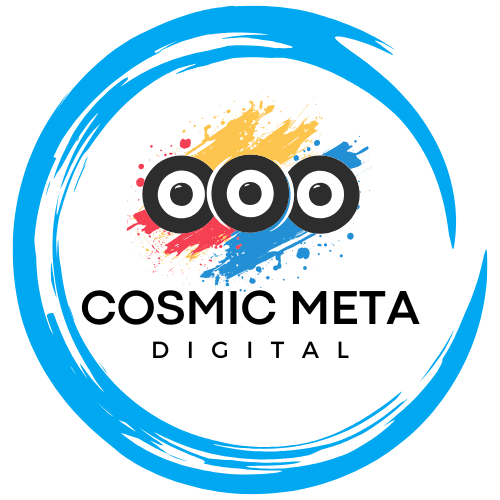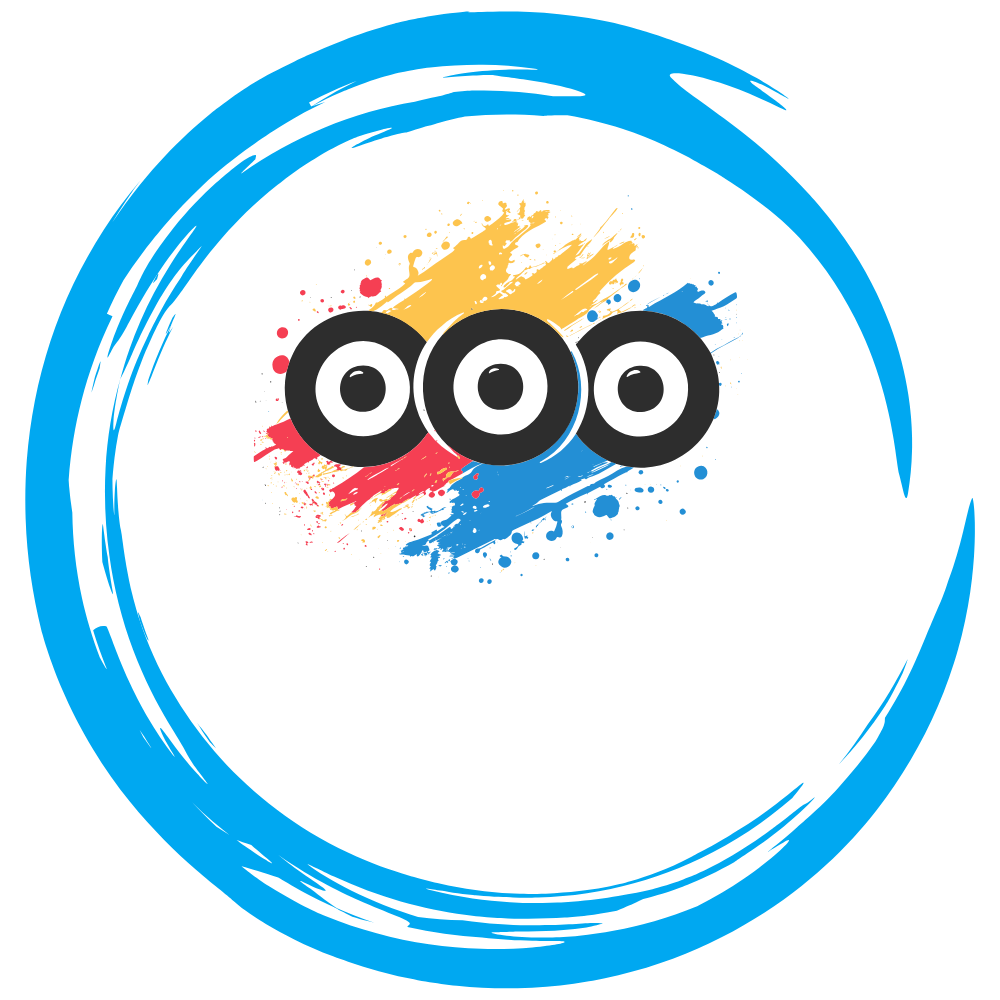In the realm of software development, programming frameworks and libraries play a pivotal role in streamlining processes and enhancing productivity. These tools provide pre-written code, utilities, and best practices that allow developers to build applications more efficiently. This introductory post will explore the fundamentals of programming frameworks and libraries, setting the stage for more detailed discussions in future posts.
1. What Are Programming Frameworks and Libraries?
Programming Frameworks
A programming framework is a platform that provides a foundation and structure for developing software applications. It includes pre-written code, guidelines, and conventions that help developers build applications more efficiently and consistently. Frameworks often come with tools and libraries that simplify common tasks, such as database access, user authentication, and UI design.
Programming Libraries
A programming library is a collection of pre-written code that developers can use to perform common tasks. Libraries offer reusable functions, classes, and modules that can be integrated into projects to save time and effort. Unlike frameworks, libraries do not impose a specific structure on the application but provide tools that developers can use as needed.
2. Benefits of Using Frameworks and Libraries
Efficiency and Productivity
Frameworks and libraries provide pre-built components and tools that reduce the amount of code developers need to write from scratch. This speeds up the development process and allows developers to focus on building unique features and functionalities.
Consistency and Best Practices
Frameworks enforce a consistent structure and coding style across projects, promoting best practices and reducing errors. This consistency makes it easier for teams to collaborate and maintain codebases.

Simplified Maintenance
Using frameworks and libraries can simplify the maintenance of applications. Well-documented and widely-used frameworks and libraries are regularly updated and supported by the community, ensuring that applications remain secure and up-to-date.
Enhanced Functionality
Frameworks and libraries offer advanced functionalities that would be time-consuming to implement from scratch. These tools provide features such as data validation, security, and performance optimization, enhancing the overall quality of applications.
3. Popular Frameworks and Libraries Across Different Languages
JavaScript Frameworks and Libraries
JavaScript is one of the most popular programming languages, and it boasts a rich ecosystem of frameworks and libraries for web development.
React
React is a widely-used JavaScript library for building user interfaces. Developed by Facebook, React allows developers to create reusable UI components and manage the state of applications efficiently.
Angular
Angular is a comprehensive framework for building dynamic web applications. Developed by Google, Angular offers powerful features such as two-way data binding, dependency injection, and a robust templating system.
Vue.js
Vue.js is a progressive JavaScript framework for building user interfaces. It is designed to be incrementally adoptable, allowing developers to use as much or as little of the framework as needed.
Python Frameworks and Libraries
Python is known for its simplicity and versatility, and it offers a variety of frameworks and libraries for web development, data analysis, and more.
Django
Django is a high-level Python framework for building web applications. It follows the “batteries-included” philosophy, providing built-in features such as authentication, ORM, and an admin interface.
Flask
Flask is a lightweight Python web framework that is easy to use and flexible. It is ideal for small to medium-sized projects and offers simplicity and minimalism without sacrificing power.
NumPy
NumPy is a fundamental library for numerical computing in Python. It provides support for large, multi-dimensional arrays and matrices, along with a collection of mathematical functions to operate on these arrays.
Java Frameworks and Libraries
Java is a robust and widely-used programming language with a rich ecosystem of frameworks and libraries for various applications.
Spring
Spring is a comprehensive framework for building enterprise-level Java applications. It offers features such as dependency injection, transaction management, and integration with various data access technologies.
Hibernate
Hibernate is an ORM (Object-Relational Mapping) library for Java. It simplifies database access by mapping Java classes to database tables, allowing developers to interact with databases using Java objects.
JUnit
JUnit is a popular testing framework for Java. It provides a simple and efficient way to write and run repeatable tests, ensuring that code remains reliable and bug-free.

4. Choosing the Right Frameworks and Libraries
Selecting the right frameworks and libraries depends on several factors, including the project requirements, the development team’s expertise, and the ecosystem’s support. Here are some considerations when choosing frameworks and libraries:
Project Requirements
Different projects may require different frameworks and libraries based on their nature and scope. For example, a web development project might benefit from using React or Angular, while a data analysis project might require NumPy or Pandas.
Developer Expertise
The development team’s familiarity and proficiency with a framework or library are crucial. Using tools that the team is comfortable with can increase productivity and reduce the learning curve.
Community Support and Documentation
A strong community and comprehensive documentation are essential for the successful adoption of a framework or library. These resources provide valuable support, tutorials, and best practices that help developers overcome challenges.
Performance and Scalability
Consider the performance and scalability of frameworks and libraries, especially for large-scale projects. Choose tools that can handle the expected load and grow with the project’s needs.
5. Learning and Mastering Frameworks and Libraries
Mastering frameworks and libraries requires dedication, practice, and access to quality resources. Here are some tips for learning new frameworks and libraries:
Start with the Basics
Begin by understanding the fundamental concepts and features of the framework or library. Review the official documentation, tutorials, and introductory guides.
Practice Regularly
Consistent practice is essential for mastering frameworks and libraries. Work on small projects, follow tutorials, and build sample applications to gain practical experience.
Leverage Online Resources
Utilize online resources such as courses, forums, and blogs. Websites like Codecademy, Coursera, and Stack Overflow offer valuable learning materials and community support.
Join a Community
Join communities and attend meetups or conferences related to the framework or library. Engaging with other developers provides opportunities for learning, collaboration, and mentorship.
Build Projects
Apply your knowledge by building real-world projects. Start with simple projects and gradually take on more complex challenges. Building projects helps reinforce learning and showcases your skills.
Conclusion
Programming frameworks and libraries are essential tools that enhance development efficiency and productivity. Understanding the fundamentals and benefits of these tools is crucial for any developer looking to build robust and maintainable applications. This introduction sets the stage for more detailed discussions on specific frameworks and libraries in future posts. Stay tuned for in-depth explorations of various programming frameworks and libraries, their unique features, and applications.



